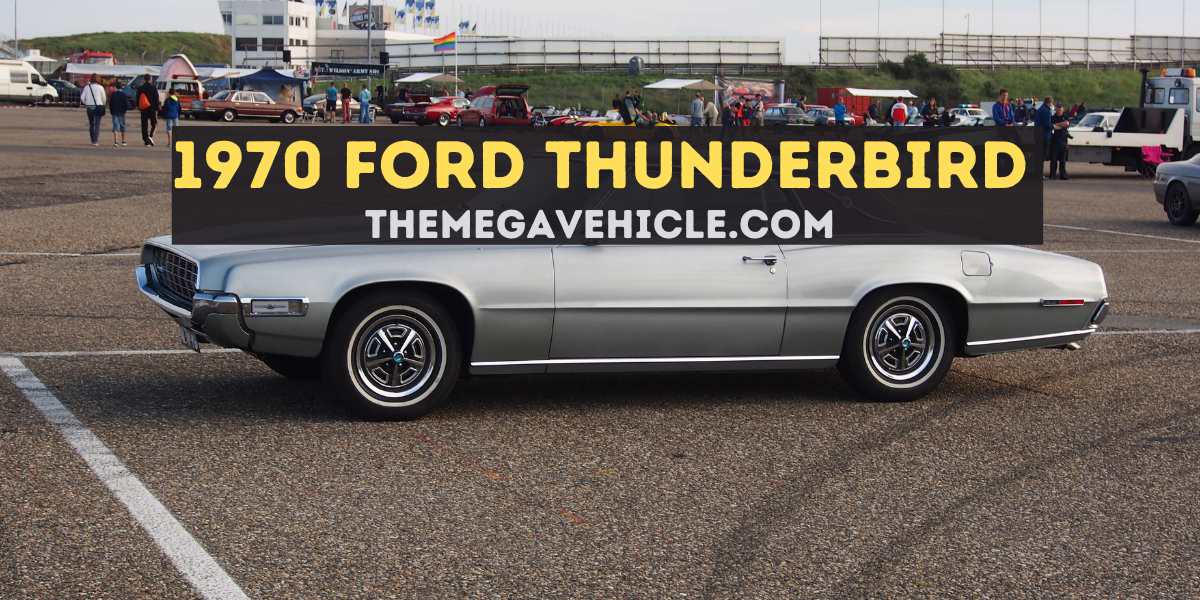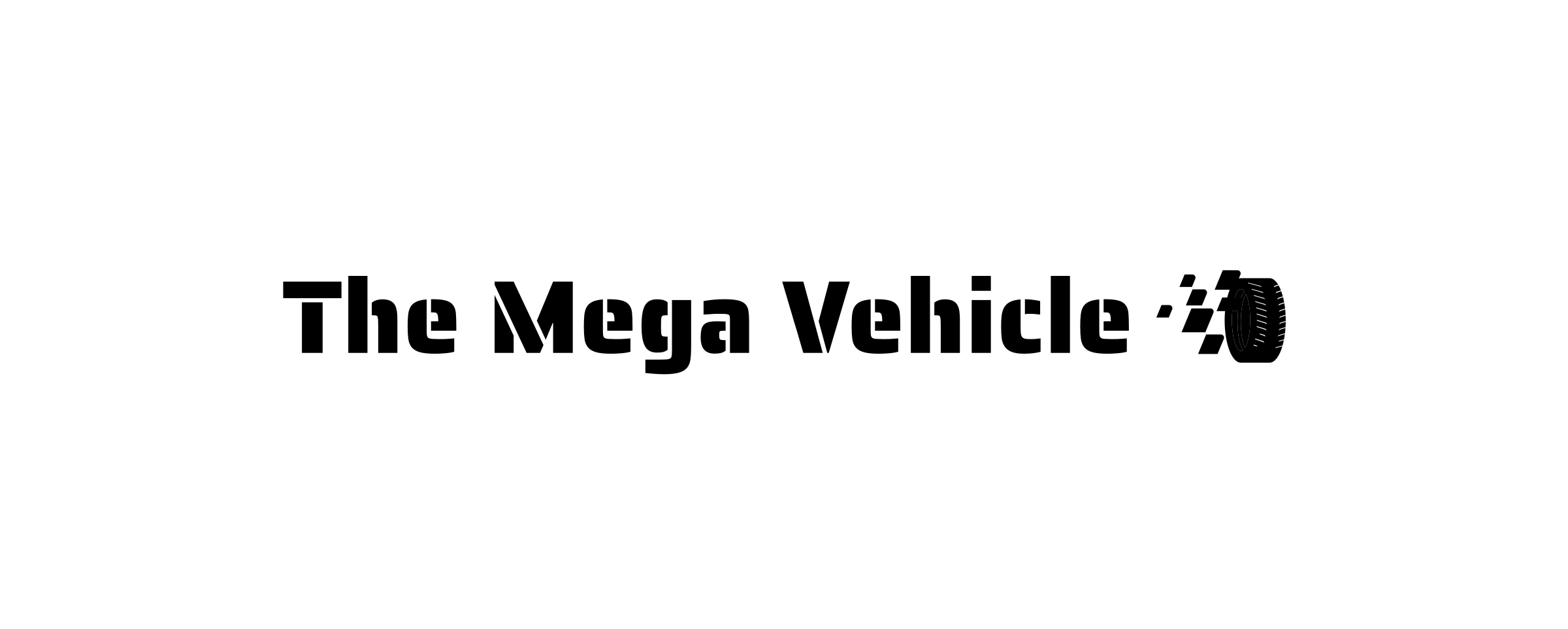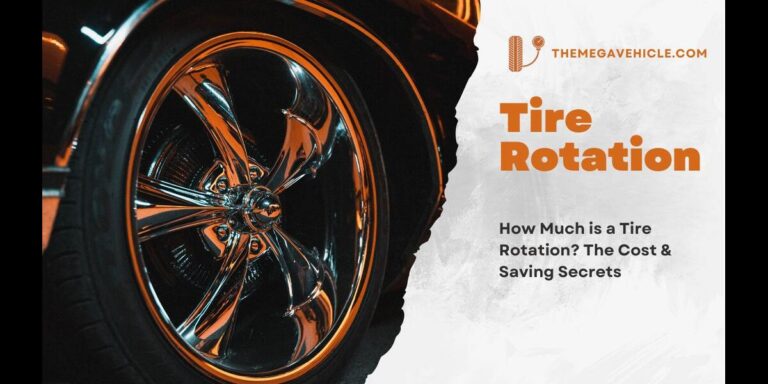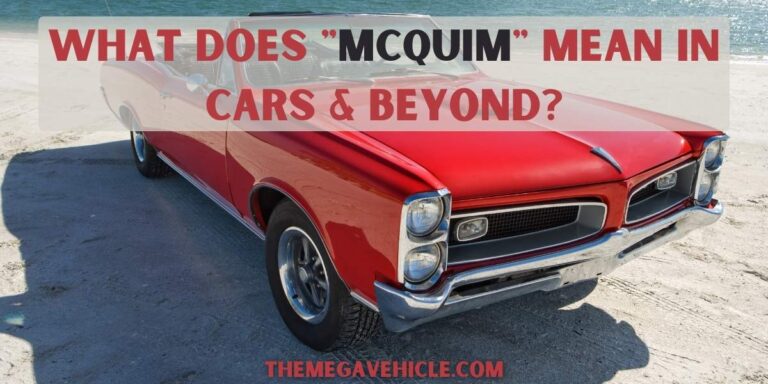1970 Ford Thunderbird: Bold Luxury Icon

The 1970 Ford Thunderbird stands as a pivotal moment in automotive history. Gone were the sleek, flowing lines of earlier models. In their place emerged a bold and unapologetically striking design that would forever define this generation of the iconic personal luxury car. The prominent “Bunkie Beak” grille, angular lines, and revised sequential taillights made the 1970 Thunderbird a visual powerhouse and a symbol of early 1970s automotive extravagance. Today, the 1970 Thunderbird holds a cherished place in classic car culture, admired for its daring design and unwavering commitment to luxury.
The “Bunkie Beak” Thunderbird: A Design Revolution
The 1970 Ford Thunderbird’s radical design shift wasn’t an accident; it was a calculated move orchestrated by Semon “Bunkie” Knudsen. Freshly defected from General Motors to the presidency of Ford, Knudsen sought to shake up the Thunderbird’s image with a look inspired by the power and aggression of fighter jets.
The most striking change was the car’s front end. Gone was the traditional grille, replaced by a protruding, beak-like center section that dominated the Thunderbird’s face. Sharp, angular lines extended from this “beak” across the hood, creating a powerful, wedge-like profile. At the rear, Ford restyled the Thunderbird’s signature sequential taillights, widening them to accentuate the car’s broad stance.
This was a stark departure from the sleek curves of previous Thunderbirds. The 1970 model embraced boldness and muscularity, signaling a new era for Ford’s personal luxury icon. While initially polarizing, the “Bunkie Beak” design has come to define the 1970 Thunderbird, making it instantly recognizable and a testament to bold automotive design choices.
Powertrains and Performance
Under the long hood of the 1970 Ford Thunderbird, buyers were offered a selection of powerful V8 engines designed to match the car’s luxurious yet bold persona. The standard engine was a 390 cubic-inch V8, but the star of the show was the mighty 429 cubic-inch (7.0L) Thunder Jet V8. This beast delivered an impressive 360 horsepower and a colossal 480 lb-ft of torque, making it the perfect choice for those seeking effortless power and a commanding presence on the road.
The 1970 Thunderbird wasn’t designed for tight corners or track days. Its focus was on delivering a smooth, refined cruising experience, with ample power to surge past slower traffic. The suspension was tuned for comfort, absorbing bumps and road imperfections with ease. However, if you were tempted to unleash the 429 Thunder Jet’s potential, the Thunderbird could deliver a surprising burst of acceleration, leaving sportier-looking cars in its wake.
Luxurious Interiors and Features
Stepping inside the 1970 Ford Thunderbird, you were immediately greeted by a spacious and opulent cabin. Plush seats upholstered in fine fabrics or supple leather invited you to settle in for a comfortable journey. The expansive interior provided generous legroom for both front and rear passengers, reinforcing the Thunderbird’s role as a grand personal luxury coupe.
Ford offered a long list of features to pamper Thunderbird owners. Power windows, power seats, and air conditioning were popular choices, transforming the car into a climate-controlled sanctuary. Other available amenities included power door locks, a tilt steering wheel, and an AM/FM stereo for cruising with your favorite tunes.
However, for those seeking ultimate extravagance, the 1970 Thunderbird offered a special Neiman Marcus edition. This exclusive variant came packed with unique features like a special “gold” exterior paint color, a leather-bound tool kit, and even a set of his-and-hers Cartier watches. The Neiman Marcus Thunderbird embodied the pinnacle of 1970s luxury and remains a coveted collector’s item today.
1970 Thunderbird in Popular Culture
The 1970 Ford Thunderbird, with its distinctive styling and larger-than-life presence, made several memorable appearances in movies and television, solidifying its place in pop culture history.
- Thelma and Louise (1991): Perhaps the most iconic cinematic appearance of a 1970 Thunderbird is in this female-driven road trip classic. The turquoise convertible Thunderbird becomes a symbol of freedom and rebellion for the film’s protagonists.
- Big Lebowski (1998): While in a less flattering light, the 1970 Thunderbird makes a brief but memorable appearance in this cult-classic comedy. The Dude’s beloved (but tragically beat-up) Thunderbird serves as a stark contrast to the luxurious lives of other characters in the film.
- Other Appearances: The 1970 Thunderbird has also popped up in TV series like “That ’70s Show” and movies like “The Last Dragon,” showcasing its versatility as a screen presence.
Beyond specific film appearances, the 1970 Thunderbird evokes a sense of early 1970s style. Its bold design and association with personal luxury aligns with the era’s disco fashion, wide lapels, and an overall sense of extravagance mixed with social change.
Thunderbird Legacy and Collectibility
The 1970 Ford Thunderbird holds a unique place in both Ford’s history and the wider automotive landscape. Its radical design departure marked a turning point for the Thunderbird nameplate, moving it firmly into the realm of oversized personal luxury. While initially met with mixed reactions, the “Bunkie Beak” Thunderbird has aged remarkably well, gaining appreciation for its bold and uncompromising style.
Today, the 1970 Thunderbird is a sought-after classic car. Well-maintained examples, especially those with the 429 Thunder Jet engine or rare options, consistently command good prices. Current market trends suggest an increasing interest in these cars, particularly among collectors who appreciate their distinctive styling and cultural significance.
If you’re intrigued by the 1970 Thunderbird, there are numerous resources available for enthusiasts:
- Online Forums and Communities: Dedicated Thunderbird forums offer a wealth of information, restoration tips, and a place to connect with other owners.
- Parts Suppliers: Several companies specialize in providing reproduction and original parts for the 1970 Thunderbird, making restoration projects more manageable.
- Classic Car Clubs: Local and national clubs focused on Thunderbirds offer camaraderie, events, and technical support.
Guide to Buying a 1970 Thunderbird
Finding and purchasing a classic car like the 1970 Thunderbird requires some knowledge and preparation to make a smart decision. Here’s a breakdown of where to look, what to watch for, and factors influencing price:
Where to Find Them
- Online Marketplaces: Websites like Hemmings, ClassicCars.com, and even eBay Motors often have listings for 1970 Thunderbirds.
- Specialty Dealers: Classic car dealerships specializing in Ford models can be a good source, although prices might be higher due to their expertise.
- Local Classifieds: Sometimes local newspapers or online classifieds turn up hidden gems in your area.
- Thunderbird Clubs and Forums: Members of enthusiast communities often know about cars for sale before they hit the wider market.
Common Issues to Inspect
- Rust: Thoroughly inspect the body, undercarriage, and trunk for rust, a common issue on older cars. Pay particular attention to areas where moisture might collect.
- Engine Condition: Check for signs of leaks, smoke, or unusual noises. If possible, get a compression test to assess engine health.
- Electrical System: Test all lights, gauges, windows, and other electrical features to pinpoint any possible problems.
- Interior Condition: Assess the seats, dashboard, carpets, and headliner for wear, tears, and fading.
Price Ranges and Restoration
Prices for a 1970 Thunderbird can vary dramatically depending on condition, mileage, engine options, and originality. A car needing significant work might sell for a few thousand dollars, while a pristine example with the 429 engine could fetch upwards of $20,000 or more.
If you’re considering a restoration project, factor in those costs. Parts availability for the 1970 Thunderbird is generally good, but labor and specialized work can add up.
Conclusion
The 1970 Ford Thunderbird stands as a testament to a time when boldness and extravagance ruled automotive design. Its “Bunkie Beak” front end, powerful engines, and unabashedly luxurious features may not be to everyone’s taste, but that’s precisely what fuels its enduring appeal. The 1970 Thunderbird represents a pivotal shift in the model’s history, marking the end of the sleek “jet age” styling and the beginning of an unashamedly opulent era.
Whether you’re a seasoned classic car collector or simply someone with a fascination for automotive history, the 1970 Ford Thunderbird demands attention. If you’re lucky enough to spot one cruising down the road, or better yet, slide behind the wheel, take a moment to appreciate this iconic piece of American automotive heritage.
Call to Action: If you’re intrigued by this legendary car, there’s a world of information waiting to be discovered. Explore online forums, delve into restoration guides, and immerse yourself in the rich history of the Ford Thunderbird.






